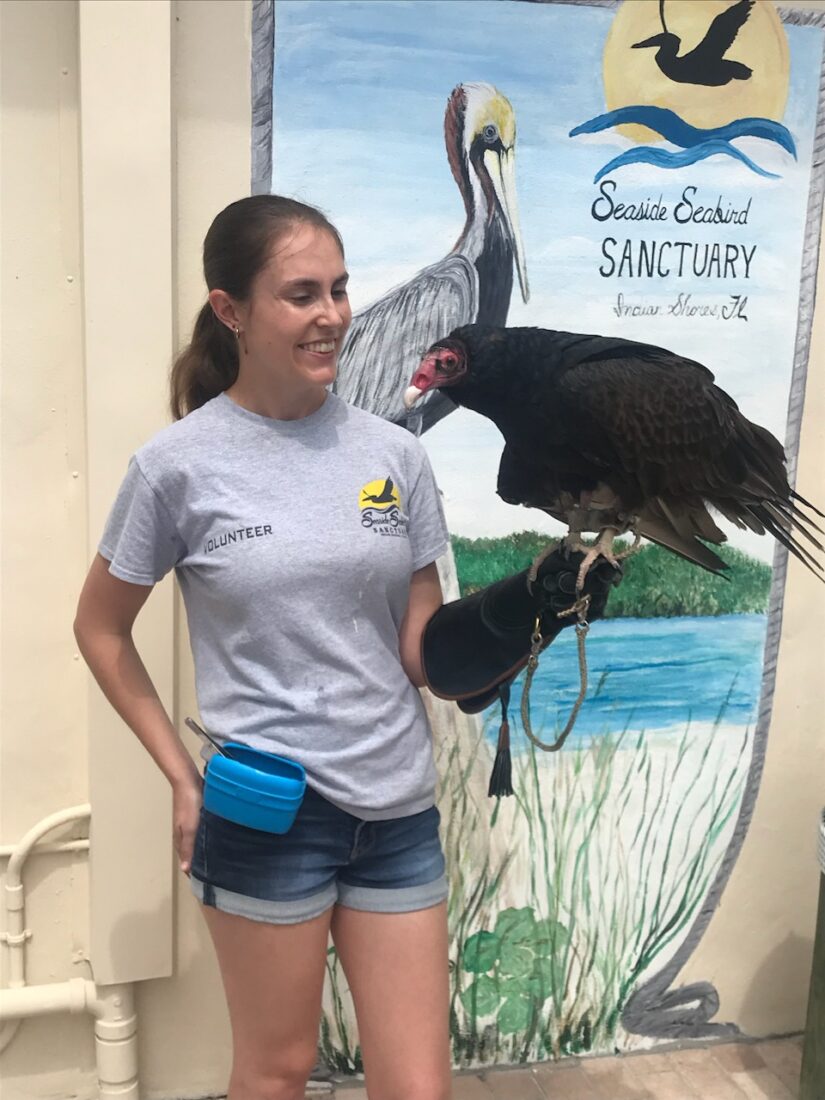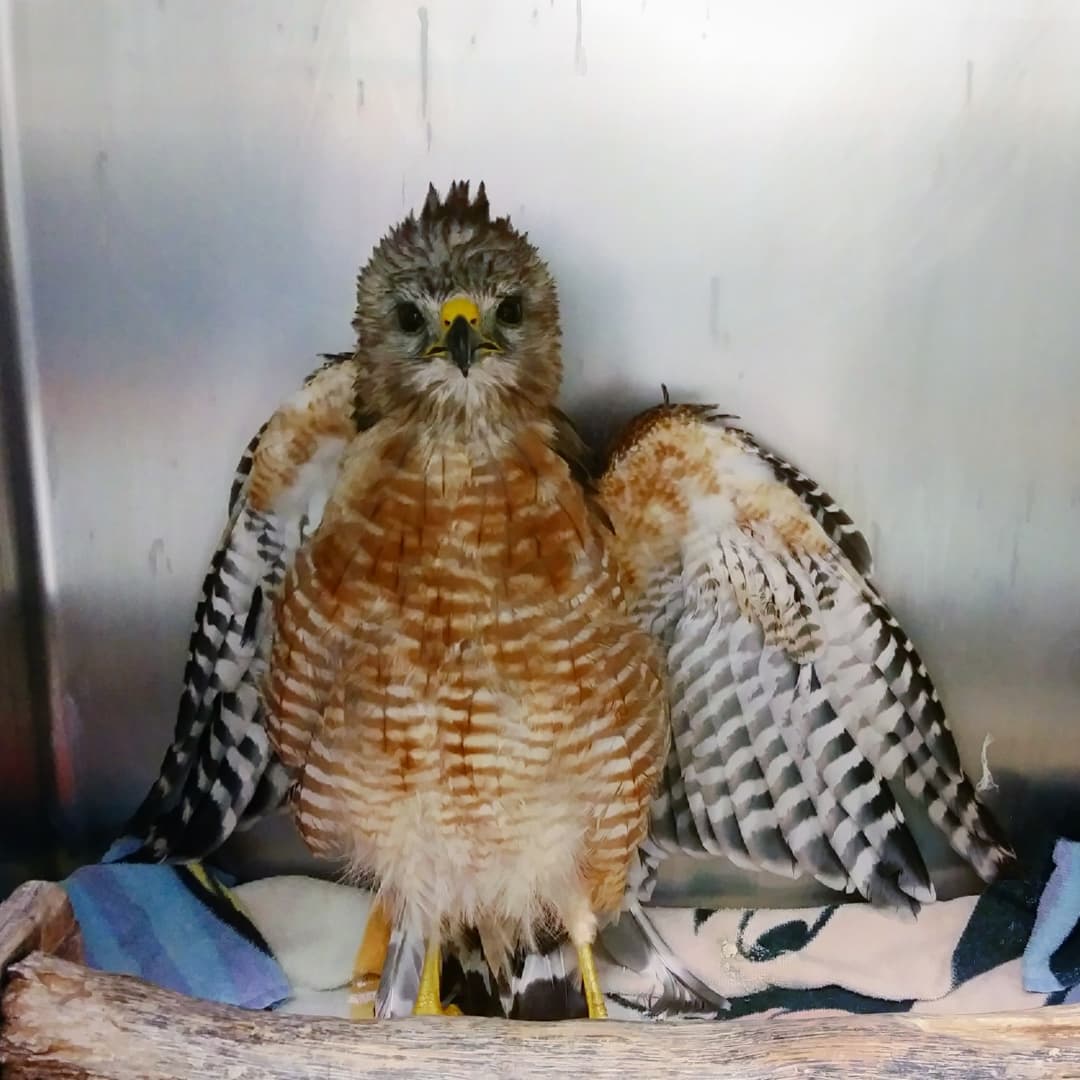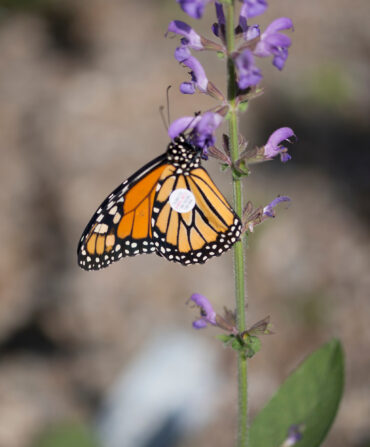There’s nothing that Lars the turkey vulture likes more than a piece of red meat. At the Seaside Seabird Sanctuary in Indian Shores, Florida, Lars is one of a few hundred injured or sick avians—shorebirds, songbirds, and raptors—living out their days or receiving care before being released into the wild. And thanks to a grant from the Fish & Wildlife Foundation of Florida, the meat eaters among them are now regularly enjoying a menu upgrade: leftover game meat from Florida’s branch of the nonprofit Hunters for the Hungry.
Lars, who arrived at the sanctuary a year and a half ago with a badly healed broken wing, is one of the birds who benefit. Since he’ll never fly again, he became a permanent resident and was living off a diet of rats and the occasional chicken or beef heart until the good stuff came in. “The game donations are really amazing, especially for our resident birds,” says Melissa Edwards, the sanctuary manager and hospital director. “It’s difficult to provide the variety they would normally get in the wild, especially on a budget.” Every few months, Hunters for the Hungry uses their grant funding to butcher and send game meat they can’t distribute to food banks to the sanctuary—high-nutrient organs like livers and tear-off-the-bone meals like ribs and leg and shoulder quarters.

Bald eagles and other raptors on the road to recovery love the meat, too; even the pickiest and sickest birds are interested in the tasty morsels that resemble their natural diets. “We get a lot of hawks that come in really sick from consuming rodenticide, and they have to build their strength back up,” Edwards says. “We’ll hand-feed them some of the highly nutritious organ meat, and it picks them up to the point that they can self-feed.” Last fall, the sanctuary received a red-shouldered hawk suffering from toxicity. She arrived in terrible shape—flies had laid eggs in her eyes and mouth—and required intensive support. When she was finally ready to eat, little pieces of organ meat were the first thing on her menu. “It really did make a difference to get that nutrition into her,” Edwards remembers. “Eventually she started self-feeding and we were able to release her back into the wild.”

Sometimes the extra-tempting meat has a different purpose; for Lars the vulture, it’s positive reinforcement in his training to become an ambassador bird. Eventually, he’ll travel to schools and other events to educate the public about how to reduce conflicts between humans and birds, and about his species. “People think vultures are gross and disgusting because they eat carrion,” Edwards explains. “But it’s really an important job, not just for wildlife but for us too, because vultures clean up decay, reducing the spread of disease in wildlife populations that can be passed to humans.”
Plus, turkey vultures are smart. The staff crafts food puzzles to keep Lars mentally stimulated—he usually solves them instantly—and they are glove-training him for presentations. He recognizes the people who work with him, and his big personality makes him a favorite at the sanctuary. Many of his rewards during training come from the donation meat, because there’s nothing he loves more than venison liver. “His little face just lights up, and it’s so funny to see that change in his eyes,” Edwards says. “He puts his wings up and starts pacing and drooling.”
For Hunters for the Hungry, the donations mean nothing is going to waste. For the sanctuary, the staff has loved seeing the responses of their patients. And while the hunters themselves might not have envisioned chunks of their kills going to a food-motivated vulture named Lars, if you think about it, it’s as nature intended.








